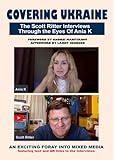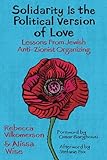Walking by in the bright sun,
we hear those three girls,
the girls we see right over there by the corral,
begin to describe a horse to a blind girl.
Under a maroon and gold ASU cap,
her dark hair stands out from the blond that flows
from under the other girls’ red and blue hats.
Her jacket is bright pink.
The late morning blue sky
is laced with gently invasive gray-white clouds.
The forest horizon is a lonely green,
or darkening shades thereof,
and patches of white snow glowing in basalt-gray rocks.
I am distracted.
What words would I use
to describe any horse to a sightless child?
Can she run the eyes of her hand over roan,
dapple, chestnut and see the colors?
hear fetlock, wither, mane and trace the shapes?
Smell the sun-gloss of Arab,
the variegated grays of Appaloosa
and see the beauty of the forms?
How do I turn
my hard-earned lexicon
of practiced words into
Horse?
I have broken from my first distraction.
The girls have taught the blind girl
to see what horse it is.
She reaches out toward the horses,
but only to touch the other girls,
touch the sounds that tell about the horses
she fails to need to see, at least just now,
not this visible moment.
She feels what that horse looks like
by the touch of trust.
How far outside and before language,
what Eden they inhabit,
I am afraid to ask.
Do they use words at all, these young girls?
What sounds?
And how far beyond the poet’s wordish ken?
How soon
before I am afraid as well to ask myself—
What does the blind girl look like,
to whom I could not describe a horse?











